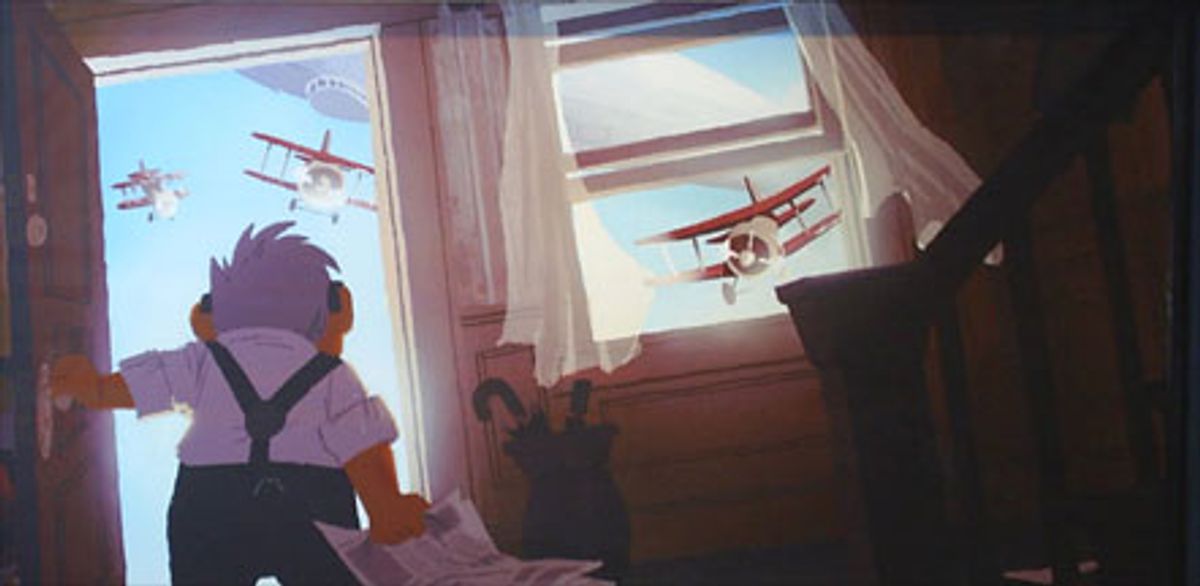
Image from Pixar's "Up" via PixarPlanet
Three-dimensional movies have long gotten a bad rap. Sure, when the technology worked the pictures looked pretty good, but the process was cumbersome (those bulky glasses), and in feature-length films, many in the audience complained of headaches.
But that was the old 3-D technology. On Tuesday Disney announced that it would release nearly all of its future animated movies in 3-D, including several from its subsidiary Pixar ("Up," "Toy Story 3" and re-releases of "Toy Story" and "Toy Story 2," and "Cars 2"). The move follows a similar announcement from Dreamworks.
The studios can do this thanks to modern 3-D display technology, which relies on digital projection rather than film to produce 3-D images.
Here's how it works: To see an image in 3-D, each of your eyes must be shown a slightly different picture; when this is done correctly, your brain interprets the two images in a way that creates "stereopsis," or the perception of depth in the picture.
Last-generation 3-D movies used film to do this: A projector would display two different pictures on the screen simultaneously. Each image was fed through a different a linear polarization filter, meaning that each image could only be decoded through a special filter -- these were the filters mounted in your 3-D glasses.
If you held your head just right, your left eye and your right eye would each see a different picture, and "Captain EO" would look like he was right there.
But if you didn't hold your head correctly, the images would "leak" into each other -- your left eye would see a slight remnant of the image meant for your right eye, and your right eye would see a bit of the picture meant for your left. This leak caused headaches.
The new 3-D technology was built by a Beverly Hills start-up called Real D. Instead of showing two images on screen at the same time, Real D uses a special digital projector to show pictures for both your right eye and your left eye in rapid succession.
Real D projectors show 144 movie frames every second, six times faster than a normal film projector. The pictures rapidly alternate between frames for your right eye, frames for your left eye, and black frames.
You've still got to wear 3D glasses, but Real D adds another innovation here. Images meant for each eye are "circularly polarized," meaning they're made much more invisible to the eye not meant to see them -- this cuts down on image leak between the eyes, making for a much more comfortable experience.
Not every theater is capable of showing these films. Disney's first 3D movie was 2005's "Chicken Little"; fewer than 100 theaters nationwide were equipped to show the film in 3-D. But those that did were well attended, and subsequent 3-D releases -- for instance the "Hannah Montana" concert film, released earlier this year -- have been very popular.
You can find a nearby 3-D theater at Real D's site. Also, check out Ray-Ban's stylish 3-D glasses.



Shares